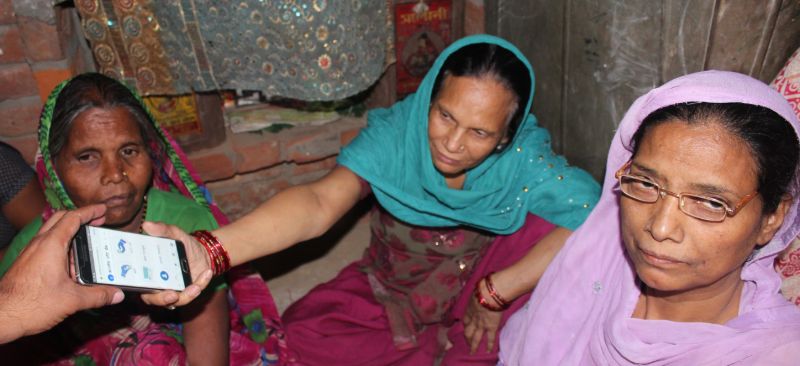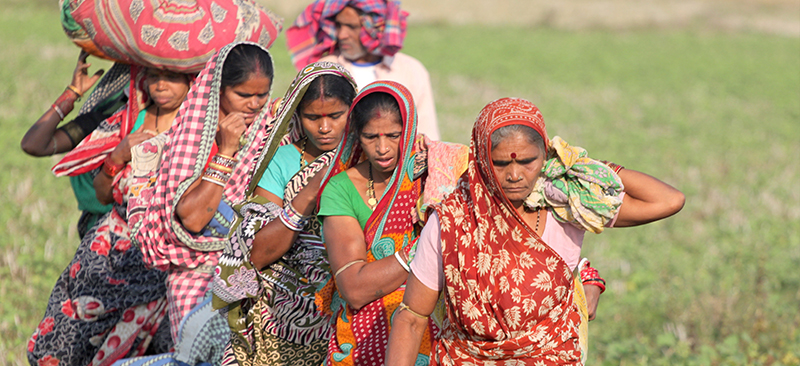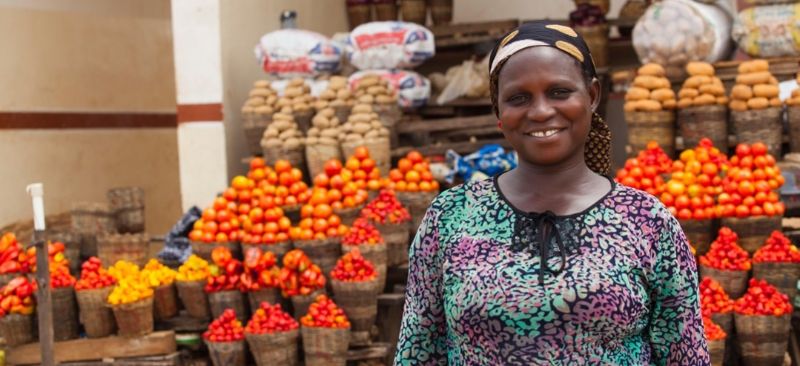Africa’s Journey Towards an Integrated Digital Payments Landscape and How the EU Can Support It
This policy brief outlines why cross-border interoperability of payment platforms across Africa is important, where the opportunities and challenges lie, and how international partners such as the EU can support African efforts. It traces some of the solutions that are being applied both at the continental and at the regional levels, explores some of the lessons to be learned from these different cases, and proposes initial policy recommendations for the...






